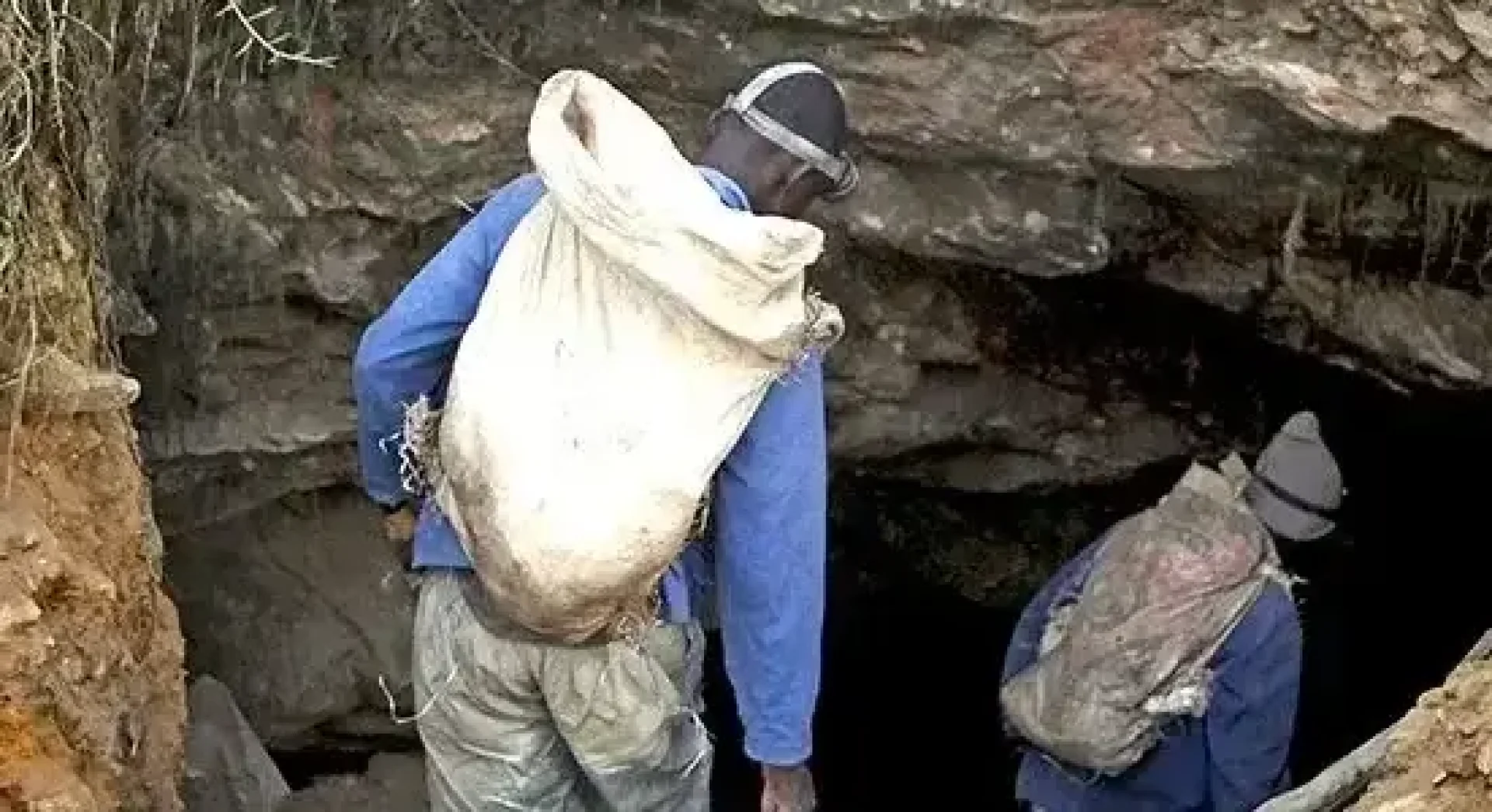
format:
In September 2005, I had the opportunity to visit Gorée Island, just off the coast of Senegal. This island holds significant historical importance as one of the major departure points for Africans who were captured and forced into slavery.
Walking through the island, one cannot help but feel the weight of its past. A large building stands, with opulent apartments on the upper floors where the wealthy slave masters resided, while the ground floor housed cramped hovels with chains where captured African men and women were kept.
The courtyard on the island served as a marketplace for potential buyers during slave auctions. Here, African slaves would be paraded and sold to the highest bidder. Once purchased, the slaves would be taken through the “door of no return” and onto a ship waiting just off the coast. These ships were notorious for their horrendous conditions, with captured Africans crammed at the bottom without proper clothing or food. Many did not survive the journey and were thrown overboard, becoming food for sharks and other sea creatures.
For those who did survive the journey, their lives were marked by brutal exploitation and abuse. In the Americas and Europe, they were owned by their white masters and forced to work without compensation, particularly in the sugar and cotton plantations. Whippings and even lynchings were common forms of punishment for the slaves who were considered to have no value or dignity.
This dehumanizing treatment of Africans was not limited to the Americas. Even the church, which was meant to uphold moral values, viewed Africans as sub-human and soulless. This widespread belief that the African body was meant to be exploited and abused perpetuated the horrific treatment of enslaved Africans.
As we watch on television images of African men
—-


